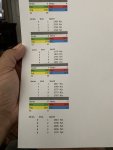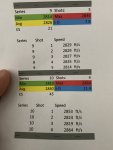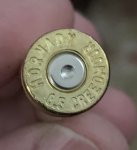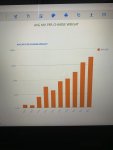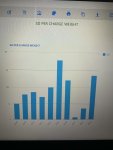I have been doing the OCW method where you load about five rounds per charge weight and work your way up until you find a good accuracy node at the speed you want. What I have found is starting at the low end of most published data is way to slow for me so I have a lot of time, bullets, and powder wasted into low power/slow loads I would never load or be happy with. For now on I am going to start more towards the upper end of published data I almost always end up settling on a load that exceeds max charge weights anyway.
For now on I am going to load one or two rounds per charge weight starting near published max data until I see pressure signs so I know where my limit is without wasting time on a bunch of rounds I would never load anyway. Does anyone else do this or something similar?
Let me also say I don't care about barrel life I look at barrels as a consumable my goal is an accurate load that will push the bullet as fast as possible safely.
For now on I am going to load one or two rounds per charge weight starting near published max data until I see pressure signs so I know where my limit is without wasting time on a bunch of rounds I would never load anyway. Does anyone else do this or something similar?
Let me also say I don't care about barrel life I look at barrels as a consumable my goal is an accurate load that will push the bullet as fast as possible safely.

